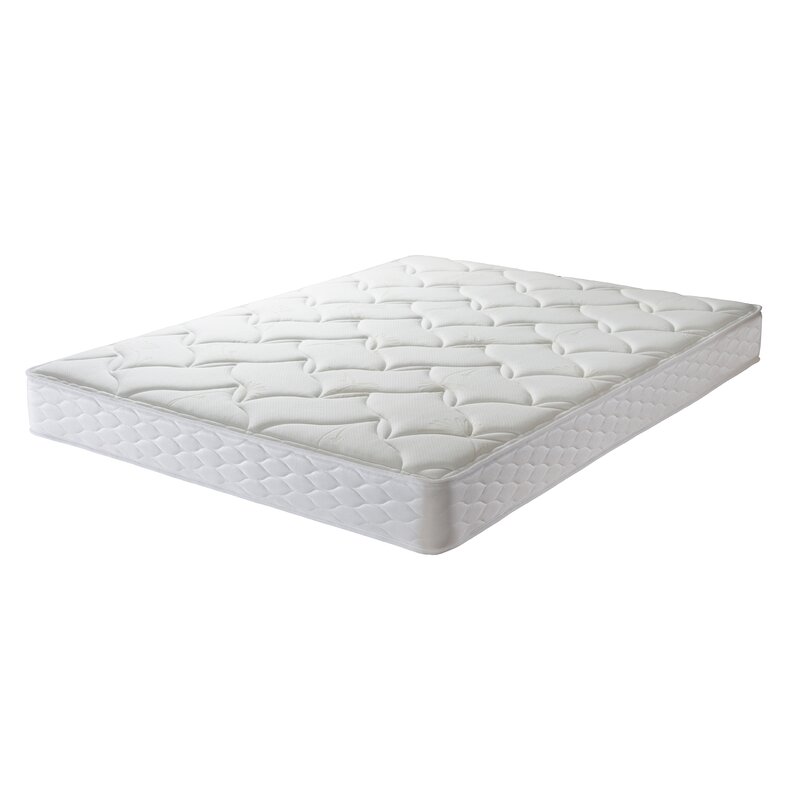Dust mites

The average bed has100,000 to 10 million mites. Did that statement grab your attention? Dust mites do not bite, however, their droppings contain an enzyme that can cause harm to or kill delicate cells, and in this way enter the body compromising the immune system.
The response differs between individuals who might experience any number of sensitivities like allergies, eczema, dermatitis, conjunctivitis migraines, or digestive disorders – even pneumonia.
Strip your bed/s of all linen and wash it in hot water. The suggested temperature is over 130 degrees Fahrenheit or 54 degrees Celsius. Dust mites will die when bedding is placed in a hot dryer.
Dust mites burrow deep into mattresses particularly if they have been in humid conditions. Experts recommend covering all bedding with a micro-porous fabric, and more beneficial to purchase new pillows for new covers.
Other suggestions include not making the bed first thing in the morning to avoid moisture from your body being trapped between the sheets.
Dust your house regularly. Clean those hard to reach places and every nook and cranny, vacuum thoroughly. Wipe down all surfaces in every room of the house and regularly rinse the cleaning materials under hot water. Finally, vacuum the floors.
Remember at this time of the year to change your furnace filter and consider having your ducts cleaned.
Depending upon the severity of the situation you may wish to replace mattresses, down pillows or duvets if they are older than two years. Regular and focused, deep cleaning will support a healthier environment for you and your family.








